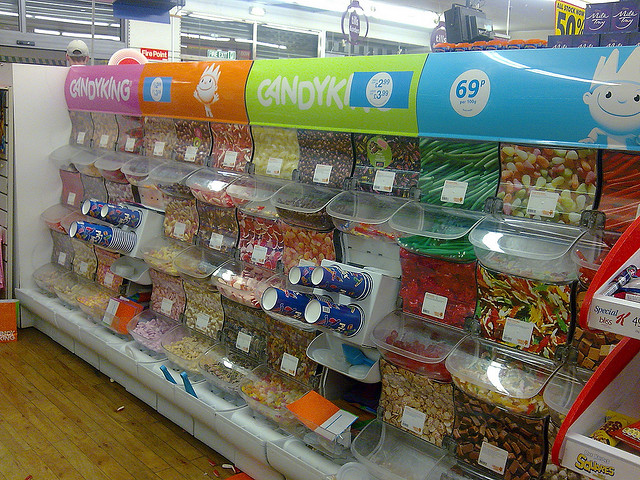According to research conducted by the Local Data Company (LDC), out of the 807 commercial properties that Woolworths occupied, only 104 still remain vacant.

Woolworths, which employed 27,000 people collapsed at the end of 2008, and closed its doors for good in January 2009. The chain first opened in Liverpool, in 1909, and sold a wide range of products from DVDs and games, to magazines and pick ‘n’ mix sweets.
The company filed for administration due to increased competitors from online trade and supermarkets. The commercial properties they occupied were mainly on high streets and in busy shopping areas, which made it more appealing for businesses to occupy.
Since the collapse, their buildings have slowly been filled. In summer 2009, 30 per cent were taken and, this rose to 60 per cent a year later.
The majority of its commercial properties (29 per cent) have been taken by discount stores, such as Poundland who has 7.0 per, B&M Bargains has 5.0 per cent, and 99p Stores has occupied 6.0 per cent. Supermarkets have taken up 17 per cent of the shops, with Iceland occupying 7.0 per cent.
The greatest take-up of the vacant commercial properties was in Yorkshire, with only 5 per cent remaining unoccupied, whilst the Northern Ireland still has 38 per cent of the former stores left.
Speaking of the data, Matthew Hopkinson, Director at the LDC, stated: “It is encouraging to see 87% of the old Woolworths shops now occupied. It reflects the fact that Woolworths was once the anchor store in many centres and that the current market has enabled greater opportunity for retailers to relocate to more prime locations due to high shop vacancy rates.”
However, not all of the former Woolworths commercial properties have survived. In January 2010, only 1.3 per cent had been demolished, but this figure grew by 7.1 per cent in a year to 8.4 per cent.
Mr Hopkinson believes that the number of properties being demolished has risen so significantly due to the Government ending the rate relief for empty properties in April 2011: “The significant rise in the number of demolished properties is noteworthy and may be connected to empty rates relief being abolished and the state of the market in these tertiary locations with little or no retail demand.”
Future
Since Woolworths lost a lot of custom to online sales, they decided to join them. One month after the commercial properties were closed, in February 2009, the Woolworths brand was launched as an online store, after it was bought by Shop Direct Group. The online store sells everything from toys to gift cards, and electronics to the famous pick ‘n’ mix sweets.